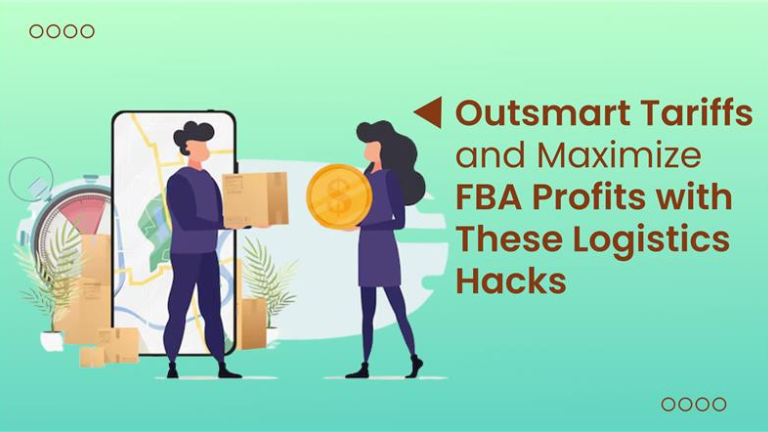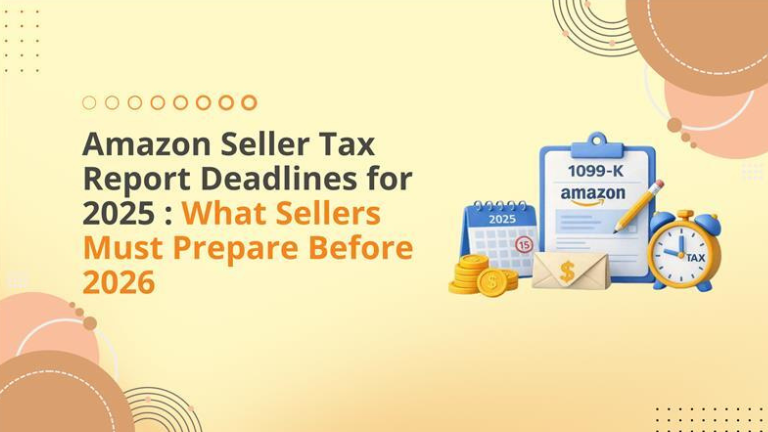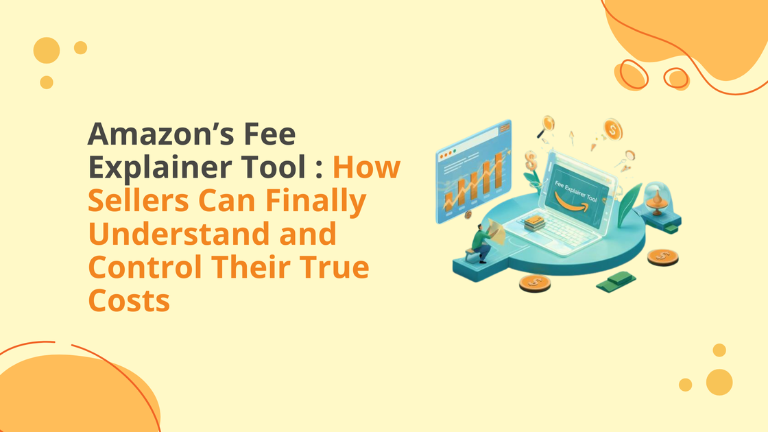Navigating tariffs and managing inventory can feel like a complex puzzle, especially with recent tariff hikes affecting many e-commerce businesses. With supply chain disruptions, rising tariffs, and increased shipping costs, how can sellers stay profitable while maintaining a competitive edge?
In this article, we share insider strategies and logistics hacks to help sellers outsmart tariffs and maximize their FBA profits, even in the face of global challenges.
Contents
- 1 Prioritize Market Share Over Short-Term Profits
- 2 Break Down Your Cost Structure for Precision
- 3 Audit HS Codes and Customs Documentation
- 4 Consider Assembly Restructuring
- 5 Develop Multi-Country Sourcing Relationships
- 6 Implement Enterprise-Level Inventory Strategy
- 7 Quick Assessment: Is This Strategy Right for You?
- 8 How BigInternetEcommerce.com Can Help You Optimize
Prioritize Market Share Over Short-Term Profits
In the face of rising tariffs and costs, one key strategy is to prioritize market share over short-term profits. Losing market share due to price increases or stock-outs can be much more expensive than temporarily absorbing some margin reductions. Regaining lost rank can take far longer and cost significantly more than keeping your position in the market during difficult times.
Strategy: Assess the marketing costs and efforts it took to secure your current position, then decide how much of a margin reduction you can absorb to keep that market share. In the long run, it may be more cost-effective to maintain your rank and sales volume, even if it means eating some losses for a short period.
Break Down Your Cost Structure for Precision
Understanding exactly where and how tariffs are impacting your business is crucial to managing costs effectively. Start by breaking down your product cost structure into its individual components, such as:
- Raw materials
- Labor
- Packaging
- Shipping
- Fulfillment
By doing this, you can identify areas where tariff impacts are most significant and avoid overreacting to the situation. Targeted cost-reduction efforts (such as renegotiating shipping or manufacturing costs) can help mitigate the effects of tariffs without making drastic changes to your product pricing.
Strategy: Don’t just look at your product cost as one lump sum—break it down and evaluate where you can reduce costs. From packaging to fulfillment, small adjustments can make a big difference.
Audit HS Codes and Customs Documentation
Incorrectly classified products are one of the easiest ways to incur unnecessary tariff costs. Many sellers use generic HS codes for their products, which can result in higher tariff rates than necessary.
Strategy: Work with a customs expert to audit your HS codes and customs documentation. You may be able to qualify for lower tariffs by using more specific codes or discovering exemptions that you didn’t know about.
Consider Assembly Restructuring
One clever hack for minimizing tariffs is restructuring your assembly process. For example, if you’re importing products as finished goods, consider whether it would be more cost-effective to import the raw materials and assemble them domestically or in a location with lower tariffs (like Mexico).
Strategy: Restructuring your assembly process can significantly reduce the declared value of your products for tariff purposes while also providing potential marketing opportunities, such as “Assembled in USA” or “Made in Mexico” labels. This can save you money on tariffs and make your products more attractive to customers.
Develop Multi-Country Sourcing Relationships
Diversifying your supply chain is a great way to reduce risks associated with tariffs and global disruptions. If you’re reliant on a single country or supplier, you’re at the mercy of tariff changes and trade policies.
Strategy: Develop relationships with multiple suppliers in countries like Vietnam, India, Indonesia, and Mexico. This gives you flexibility during tariff changes and provides leverage when negotiating prices or terms. For example, sourcing some products from Mexico can be a near-shoring solution that can help reduce both tariffs and shipping time.
Implement Enterprise-Level Inventory Strategy
Maintaining inventory flexibility is critical during uncertain times. To ensure your products stay in stock, especially during peak seasons, consider building an inventory reserve of 6-12 months. This can allow you to capitalize on bulk discounts and help you avoid stockouts when competitors run out of stock.
Strategy: Use AI forecasting tools to predict your inventory needs and develop a capital plan that allows you to keep sufficient stock in your warehouse. With the right strategy in place, you can weather tariff changes and other market disruptions without losing ground in the market.
Quick Assessment: Is This Strategy Right for You?
Ask yourself these questions to determine if these strategies will benefit your business:
- Are you storing seasonal inventory for more than 2 months before selling it?
- Do you often find yourself with excess supply within the Amazon fulfillment network?
- Are your storage costs eating into your profits?
- Do you purchase in bulk to get supplier discounts frequently?
- Are you selling through multiple channels outside the Amazon store?
If you answered yes to two or more of these, these strategies could be the solution you need to manage tariffs and inventory more effectively.
How BigInternetEcommerce.com Can Help You Optimize
At BigInternetEcommerce, we specialize in helping Amazon sellers navigate the complexities of tariff changes, supply chain optimization, and inventory management. Our expertise in logistics and supply chain strategies can help you:
- Audit and optimize your HS codes and customs documentation
- Develop multi-country sourcing strategies to reduce risk
- Build smarter inventory strategies using AI-driven tools
- Restructure your assembly process for tariff savings
Navigating tariffs and global supply chain challenges is difficult, but with the right strategies, you can turn these challenges into opportunities. By optimizing your cost structure, restructuring your supply chain, and developing stronger supplier relationships, you can outsmart tariffs and maintain profitability without sacrificing growth.
The key is to strategize and take proactive steps now to ensure your business can weather the storm.
Ready to optimize your supply chain and outsmart tariffs?
Contact BigInternetEcommerce today to learn how we can help you implement these logistics hacks and maximize your FBA profits.
Follow BIE on Instagram & Linkedin to stay updated with the trends.






